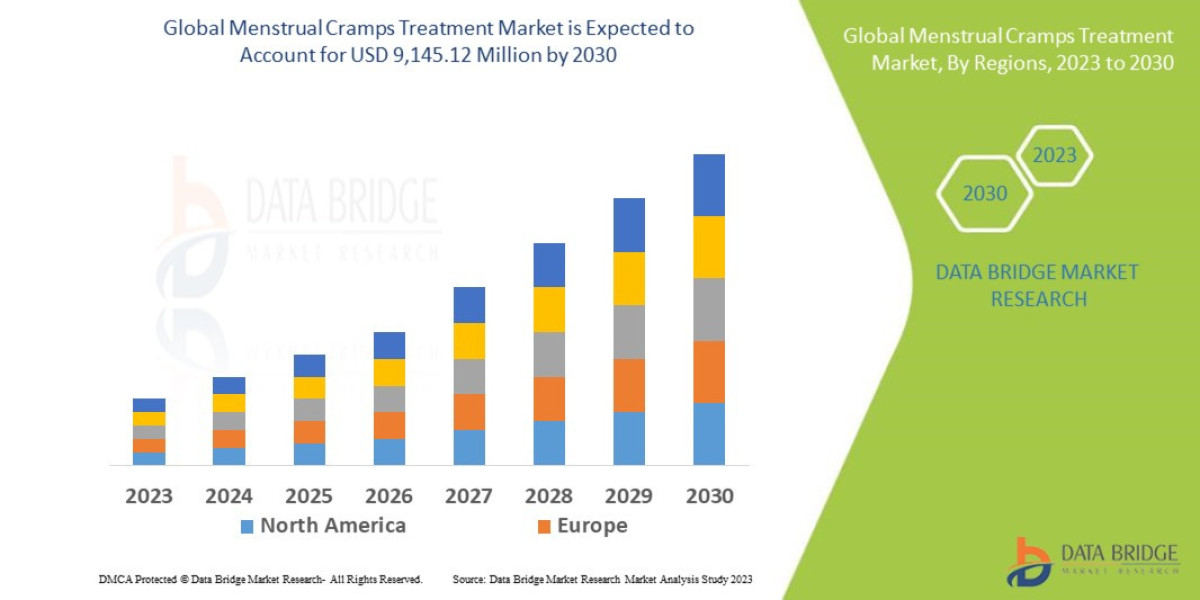Modern automotive engineering places strong emphasis on safety, and Energy absorption structures have become essential components in protecting vehicle occupants during collisions. These structures are designed to absorb and dissipate impact energy, reducing the force transferred to the cabin and minimizing injury risks. As road safety standards grow stricter and vehicles become more sophisticated, manufacturers continue to innovate stronger, lighter, and more efficient energy-absorbing systems.
Energy absorption structures are integrated into key areas of a vehicle, including bumpers, crumple zones, side-impact beams, and chassis components. Their primary purpose is to deform in a controlled manner during an accident, absorbing kinetic energy that would otherwise reach occupants. This controlled deformation slows down the vehicle more gradually, lowering the severity of impact forces. These structures also play a crucial role in maintaining cabin integrity, especially during high-speed collisions.
The design of these structures relies heavily on advanced materials. High-strength steel, aluminum alloys, thermoplastics, and composite materials are commonly used due to their ability to absorb high levels of energy while maintaining lightweight properties. Lightweighting is a major trend in modern automotive design, as it enhances fuel efficiency and improves handling. Energy absorption structures made from composites and engineered polymers help manufacturers strike the perfect balance between safety and performance.
Crumple zones are among the most notable energy-absorbing features. Located at the front and rear of vehicles, crumple zones are engineered to collapse in a predictable pattern upon impact. This “sacrificial” design helps manage crash forces effectively. Bumpers also play a crucial role by providing the first layer of impact absorption, protecting both the vehicle frame and pedestrians in case of minor collisions.
Side-impact protection systems have also advanced significantly. Strong door beams, reinforced pillars, and underbody structures help prevent intrusion during side collisions, which are particularly dangerous due to limited crumple space. Modern vehicle designs now incorporate multi-layered structures that combine metals and composites to improve overall strength and energy absorption.
Pedestrian protection is another area where energy absorption structures are making a difference. Vehicles today are engineered with soft-impact exterior surfaces, deformable bumpers, and energy-absorbing hoods. These features help reduce injury severity in pedestrian accidents. Some vehicles even integrate active hood systems that automatically raise the hood during impact to create more deformation space.
The growing popularity of electric vehicles has brought new challenges and opportunities for energy absorption systems. EVs house large battery packs, requiring enhanced protection structures to shield batteries during collisions. Manufacturers are designing reinforced frames, underfloor protection, and stronger crumple zones to safeguard battery integrity while maintaining occupant safety.
Technological advancements play a major role in the evolution of these structures. Computer simulations, crash testing, and predictive modeling enable engineers to design components with precision. 3D printing and advanced manufacturing techniques also allow for intricate structural designs that are lightweight yet highly efficient at absorbing crash energy. As autonomous driving technology advances, energy absorption structures will continue to evolve to complement these systems and enhance overall safety.
Future developments in energy absorption structures will likely focus on smarter materials, multi-functional components, and improved recyclability. Innovations such as shape-memory alloys, nano-reinforced composites, and modular crash systems are expected to shape the next generation of automotive safety solutions. As the automotive industry pushes toward sustainability and advanced mobility, energy absorption structures will remain a cornerstone of vehicle safety design.
FAQs
1. What are energy absorption structures in vehicles?
They are engineered components designed to absorb and dissipate crash energy, protecting occupants by reducing impact forces.
2. Why are crumple zones important?
Crumple zones deform in a controlled way during collisions, helping to manage impact energy and prevent severe injuries.
3. How do energy absorption structures benefit electric vehicles?
They provide extra protection for battery packs, improve structural integrity, and enhance overall occupant safety during crashes.
More Related Reports:







